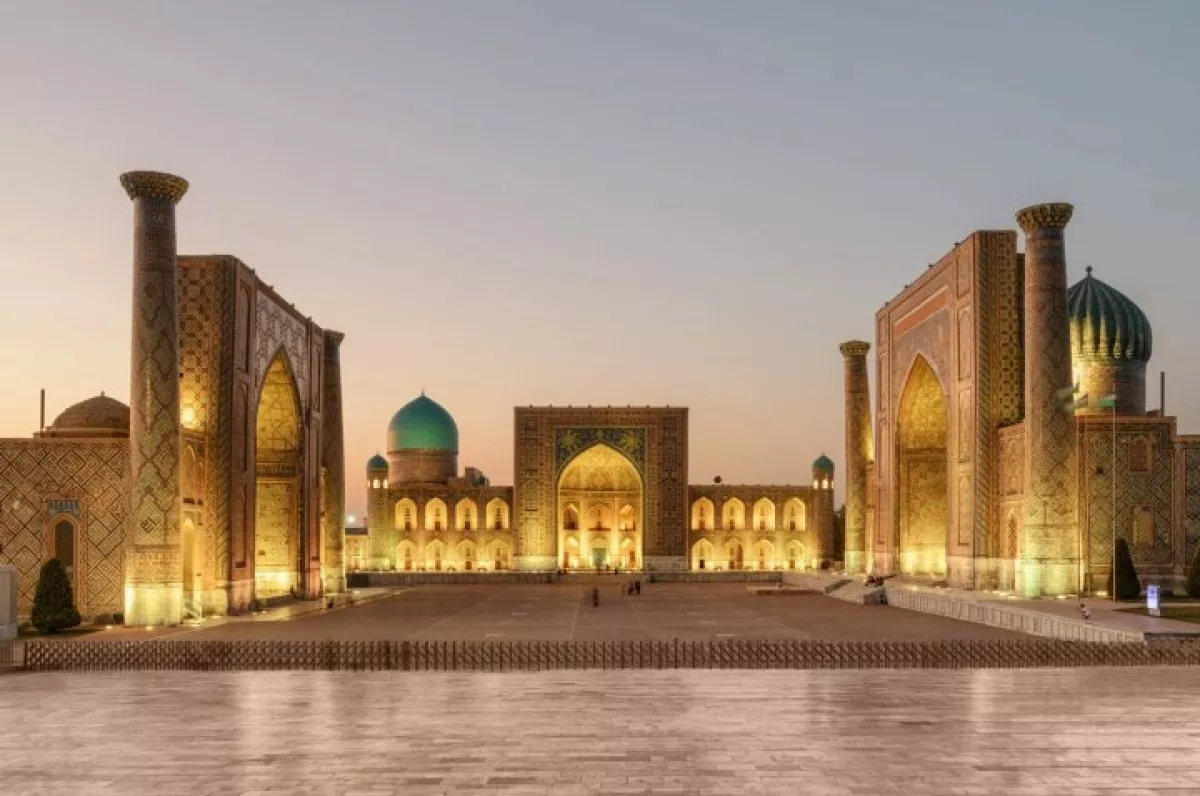
As a result of new interdisciplinary research, the age of the city of Samarkand has been officially set at 3000 years. This was reported by Upl.uz.
This decision was made at the next session of the Samarkand regional council of people's deputies. It was reported by O‘zA that the decision was reached after scientific evidence was presented.
The revision of the city's age is the result of the thorough work of a scientific group. They conducted extensive research at several important archaeological sites.
The research included the ancient Afro-Siobod monument, Kuktepa, and the Kuksaroy area located near the Amir Timur fortress. Muminxon Sayidov, the director of the Samarkand Archaeology Institute, stated at the session that the study of Samarkand's age has been ongoing for more than a century and a half.
Initially, the city's age was estimated at 1500 years, later increased to 2000 years, and in 1970 it was officially raised to 2500 years. In the 2000s, the Uzbek-French archaeological expedition raised this age to 2750 years.
However, the latest excavations at the Kuktepa monument in 2024 marked a new turning point. These works provided a basis for further revising the city's age.
Members of the Uzbek-French expedition, such as M. Isomiddinov, K.
Rapen, and M. Xasanov, reanalyzed artifacts found in Kuktepa and Afro-Siobod, confirming with solid evidence that Samarkand developed as an urban center at the beginning of the first millennium BC.
The detailed presentation given at the session showed that urbanization processes in the ancient Sogdian region, centered in Samarkand, began at the turn of the second and first millennia BC. At the end of the meeting, it was decided that all scientific materials, archaeological findings, and documents would be submitted to the relevant ministries and agencies for study and cataloging.
The ancient city monument of Afro-Siobod takes its name from the legendary Turan king Afrasiyob. Afrasiyob is depicted as one of the main characters in the "Shahnameh" by the Persian poet Ferdowsi.
The emergence of Samarkand occurred precisely in this region.







